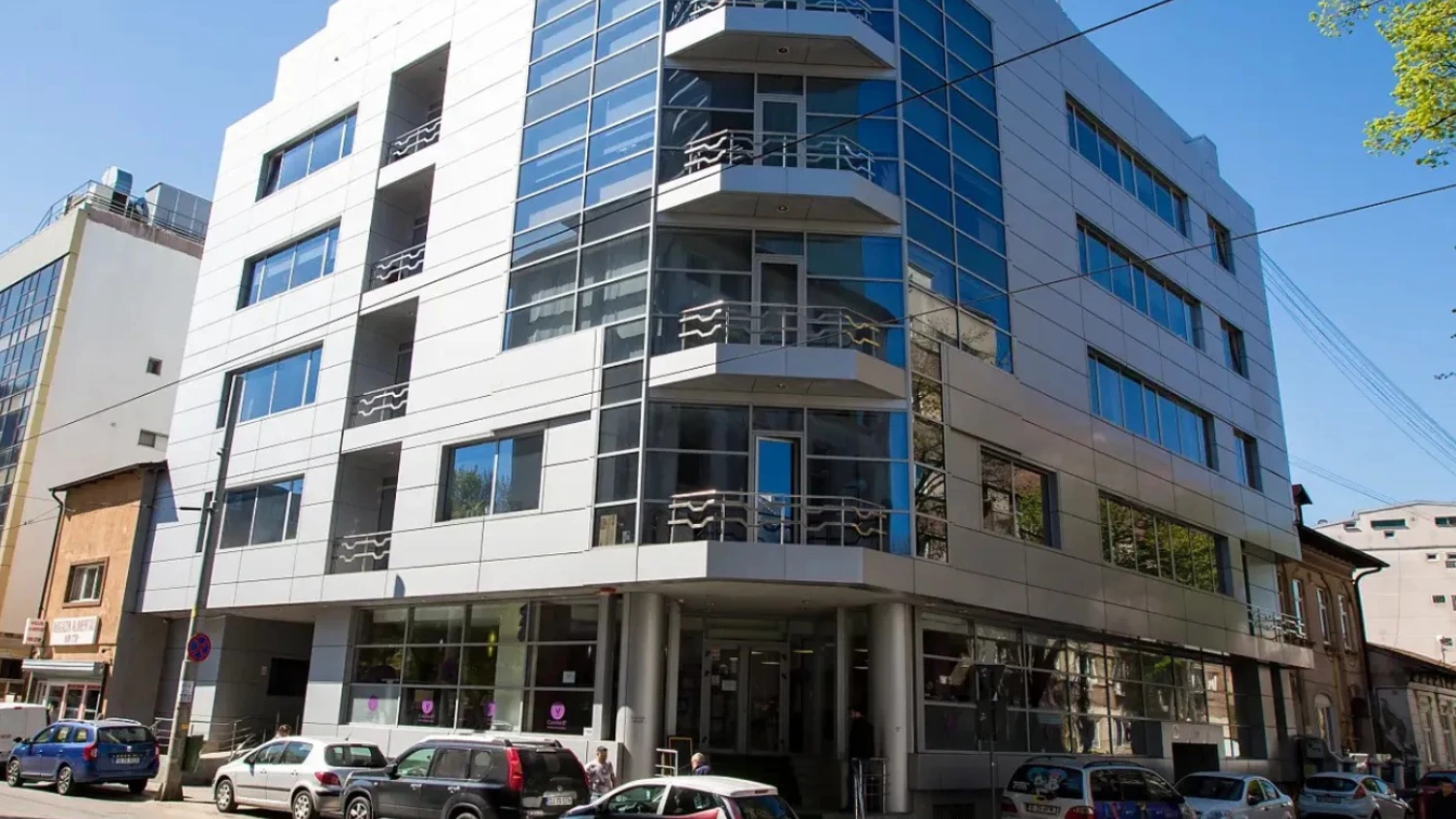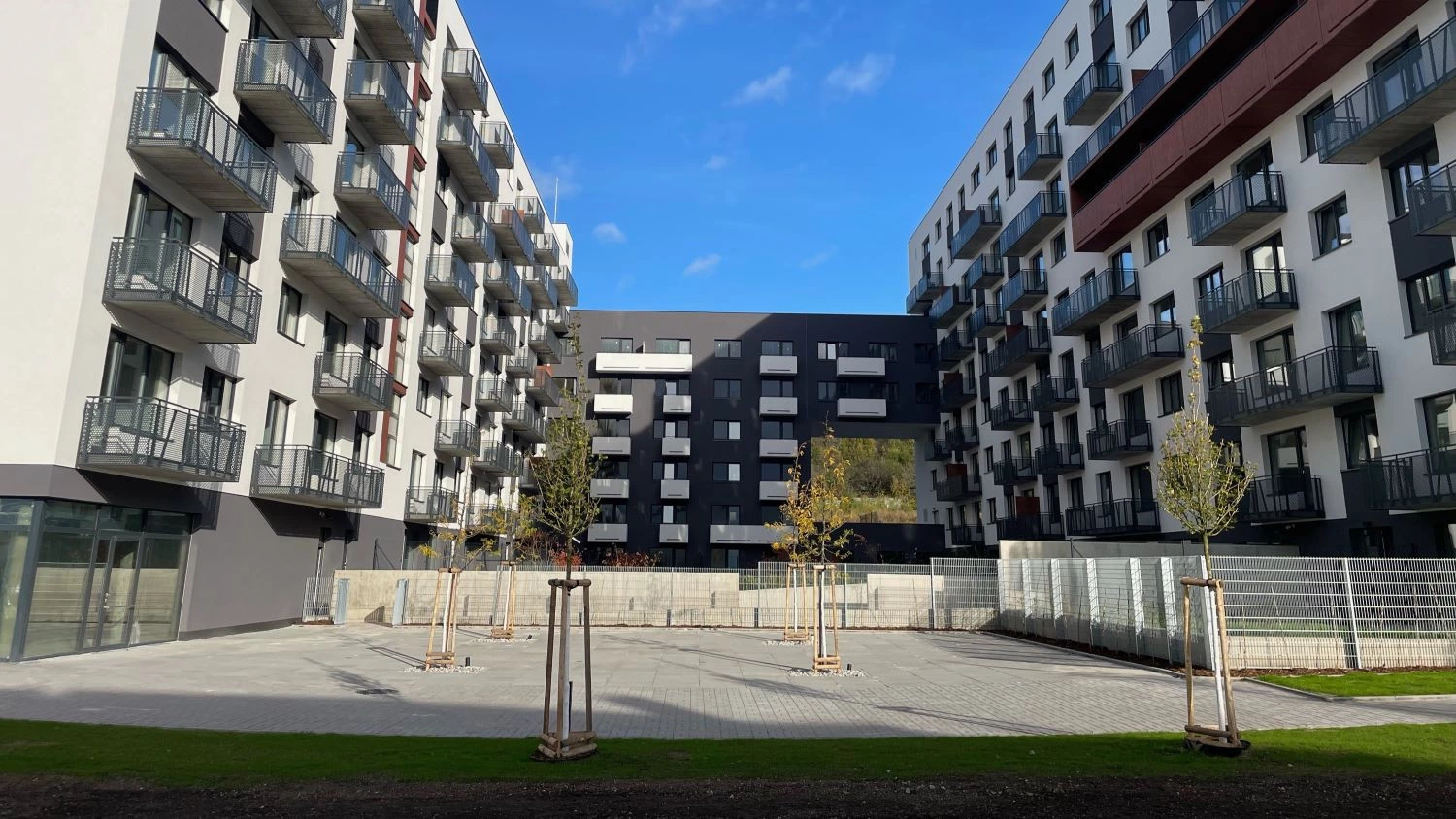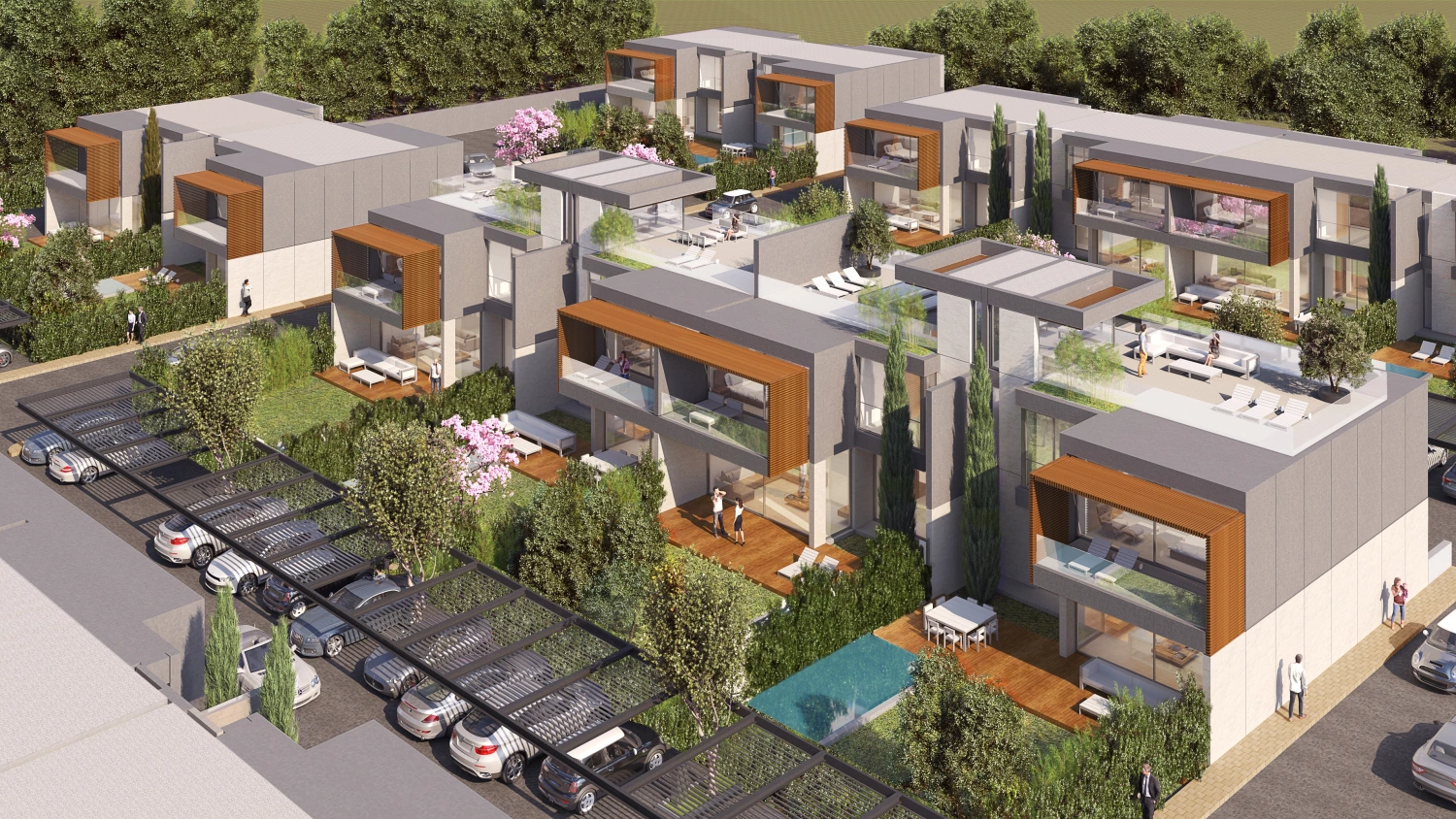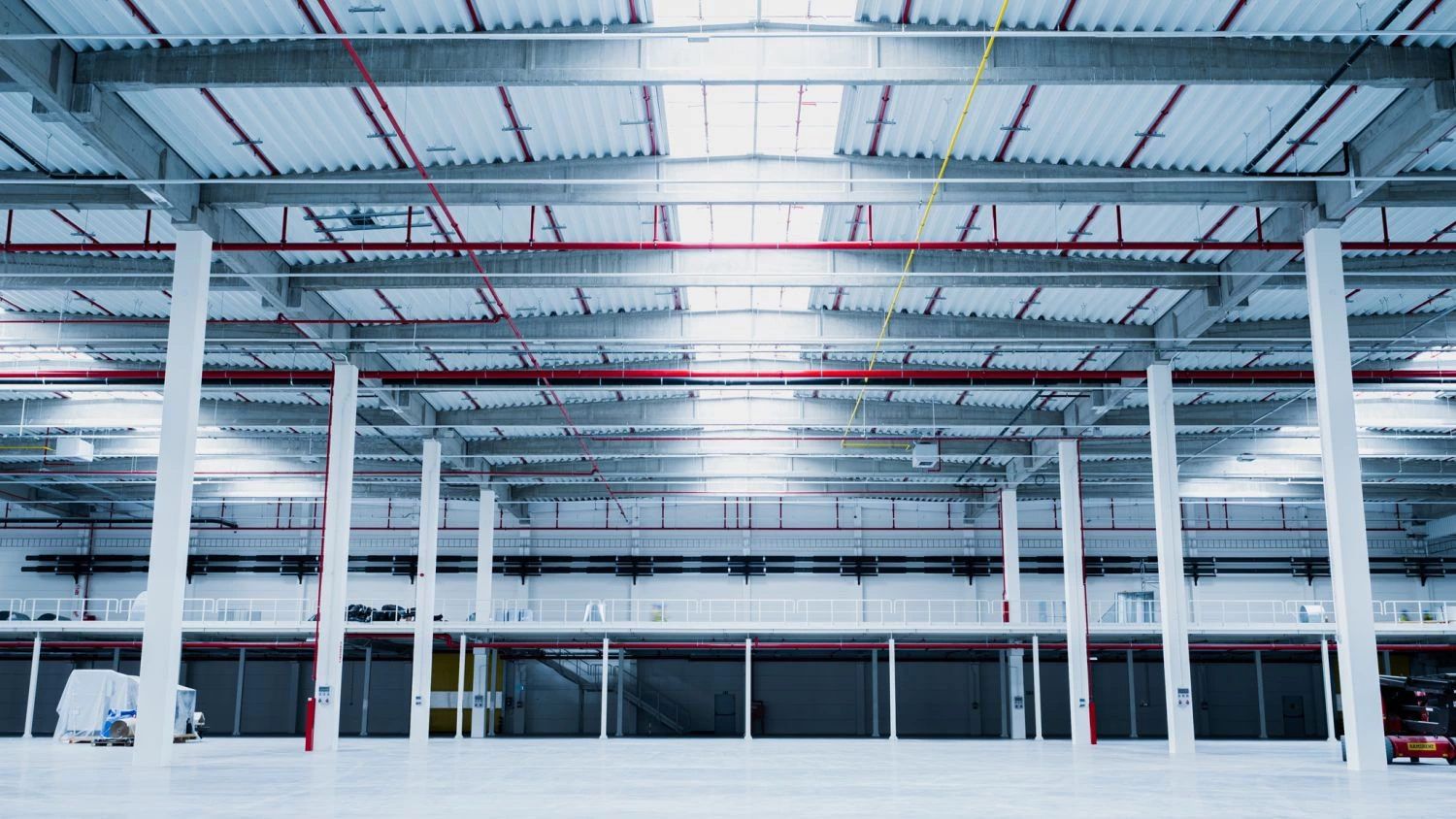“The fact that we are at the top and well above the EU average in terms of growth of investment spending on machinery, production equipment and military systems is not surprising. If we look at the difference between labor costs and average labor productivity in industry, Romania is at the top of the European Union. Moreover, the ratio between wages and productivity puts Romania at the level of countries many manufacturers prefer, including China. Also, although many Romanian companies complain about the availability of labor in certain areas, we are better off than most of our European neighbors", says Victor Cosconel.
Colliers experts note that Eurostat provides aggregated figures for machinery and military systems, but the bulk of this spending has historically been tied to the industrial sector. In Romania, gross fixed capital expenditure on machinery and weapon systems is expected to reach nearly €30 billion by 2023, or almost 9% of GDP. By comparison, many European countries allocate less than 7% of GDP, such as Poland and Germany, while some large countries are even closer to 5% of GDP, such as France.
The first three months of 2024 saw a slow activity in the industrial and logistics (I&L) real estate sector, with leases of around 150,000 square meters, a significant drop from 270,000 square meters in the same period of 2023, according to Colliers data based on public information only. Deliveries of new projects were also limited in the first quarter, with a total modern stock rising to 7.1 million square meters, but the second half of the year is shaping up to be more active, with more than half a million square meters expected to be delivered.
“Evaluating the market based on the annual dynamics of a single quarter does not provide the full picture. These figures need context. There were no major transactions in the first three months of 2024. The two largest transactions, each around 20,000 square meters, were the contract signed by CTP with Yusen Logistics in West Bucharest and the sale-leaseback contract signed by WDP with Tenneco for an auto parts production facility in Ploiesti. Importantly, new players continue to enter the local market. In the first quarter, for example, Indotek acquired land for future warehouse developments, and AG Capital, through its I&L division Park Lane Developments, announced intentions for future projects and completed the acquisition of land in Popesti-Leordeni. Additionally, the 10,000 square meter deal with Zabka - DRIM Daniel Distribution, a new player in the market, can be added to the list, with significant expansion expected in the future”, says Victor Cosconel, Head of Office & Industrial Agencies at Colliers.
Bucharest accounted for just over half (56%) of all rental transactions in the first quarter of the year. However, Colliers consultants do not necessarily see this as a new trend, but rather an exception. Developers and tenants are increasingly focusing on other areas of the country where the presence of industrial and logistics space is lower, but which have potential for future infrastructure improvements.
The vacancy rate for prime warehouse space remained in the single digits, often below 5%, in most submarkets in Romania, including Bucharest. This indicates that tenants above a certain size may find it difficult to secure the desired space in terms of cost and location. However, an increase in speculative developments could ease this pressure later in the year. Additionally, there is a significant amount of vacant space among the areas rented by 3PL players, which could influence the overall situation.
In terms of rents, Colliers consultants observe upward pressure in some submarkets. For prime properties in dynamic cities, average rents generally range between €4.5 and €5 per square meter, though some properties have exceeded this range. From a European perspective, the approximately 20% increase in rents in Romania, while significant for the local market, is modest compared to the 50-60% or higher increases seen in countries such as the Czech Republic, Germany, and the Netherlands.
The outlook for the local industrial and logistics market remains optimistic, and there is still significant room for growth compared with other Central and Eastern European countries. With a population of around 19 million and approximately 7.1 million square meters of modern warehousing space, Romania's per capita warehouse stock is much lower than the approximately 31 million square meters in Poland, which has a population of almost 37 million, or the stock of over 11 million square meters in the Czech Republic, which has a population of less than 11 million. Regardless of which companies open manufacturing facilities or regional distribution centers, Colliers consultants believe that Romania's warehouse stock remains underdeveloped to meet the demands of a consumer market of this size.
“In the short term, the economic dynamics of Romania and its main economic partners aren't very favorable, given the weak manufacturing sector in Germany. However, there are many reasons for optimism in the local industrial market. First of all, Romania is an attractive option for companies looking to relocate or consolidate their operations, due to low labor costs and a less strained labor market compared to other countries in the region. In addition, infrastructure connectivity is expected to improve significantly by the end of this decade, with around 800 kilometers of high-speed roads under construction. The local I&L sector is also underdeveloped for a country that has experienced rapid growth over the past two decades, suggesting considerable potential for future development”, notes Victor Cosconel.
The Colliers director predicts that, despite the drop in activity in the first three months, 2024 will end with a decent result, comparable to the post-pandemic average, i.e. around 700,000 to 800,000 square meters of I&L space left. He takes into account that ”there are already some larger deals in the pipeline, and our strong internal pipeline supports this forecast, with some room for positive surprises”.











